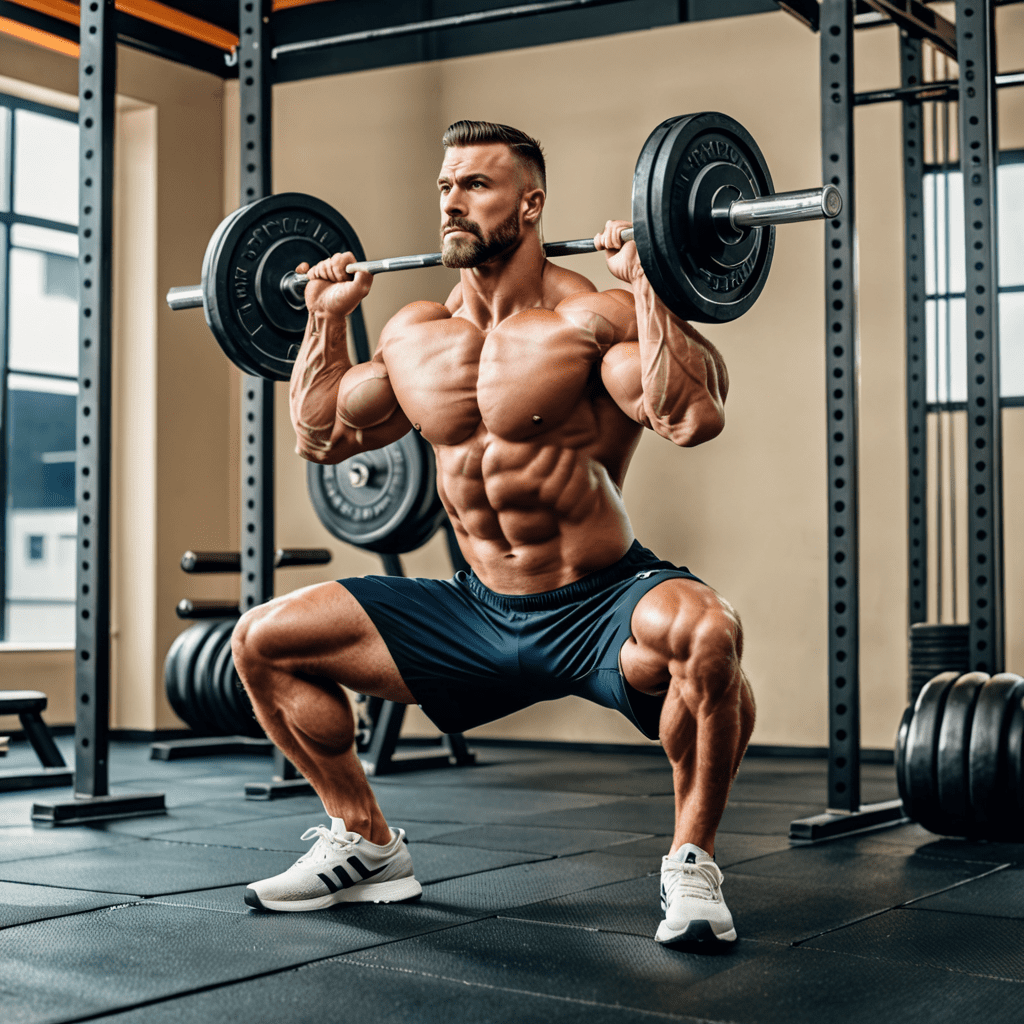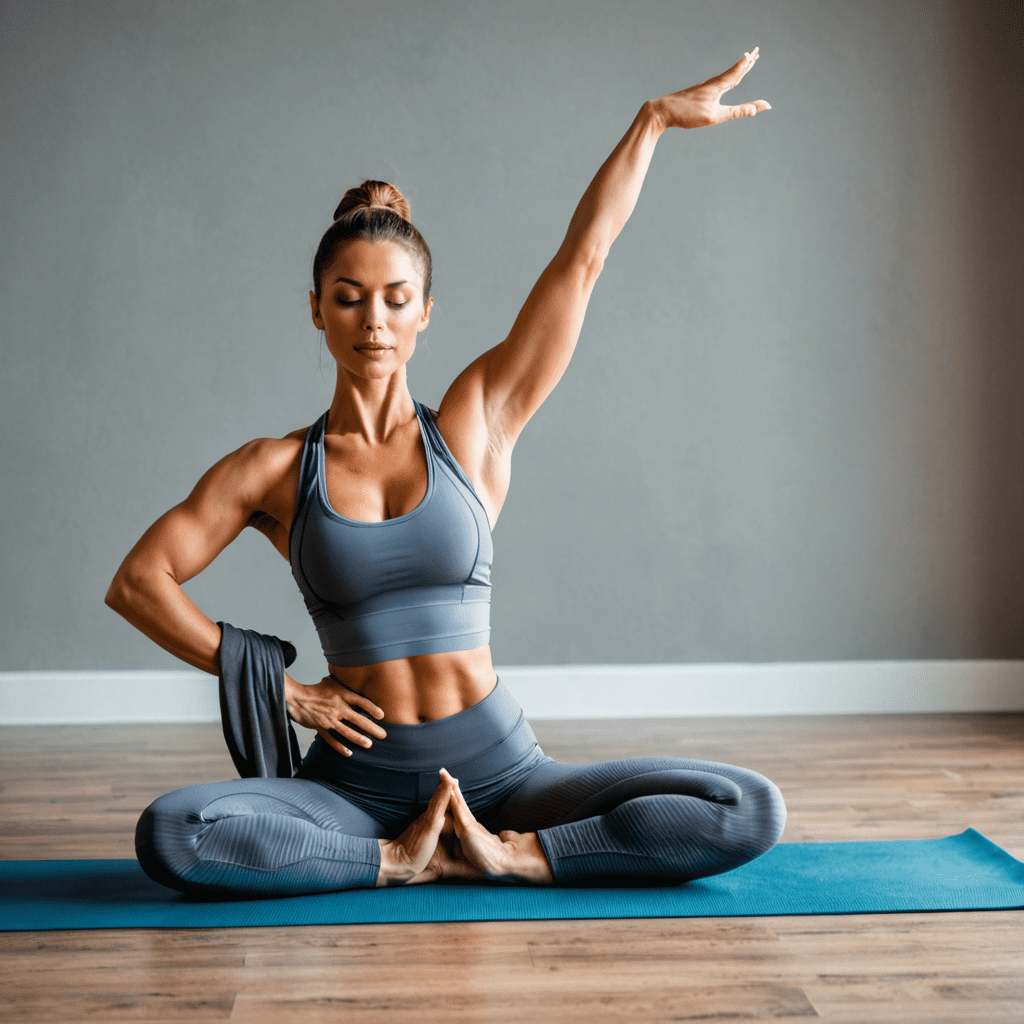
How Low Do You Need to Squat?
Introduction
When it comes to performing squats, one of the most common questions is how low you should go. Squat depth plays a crucial role in maximizing the effectiveness of your workouts and avoiding injuries. In this article, we will dive into the topic of squat depth and provide valuable insights on how low you need to squat to elevate your fitness routine.
The Importance of Proper Squat Depth
Proper squat depth not only promotes improved muscle-building and strength gains but also helps to enhance mobility and flexibility. By achieving the optimal range of motion during squats, you engage multiple muscle groups, generate more power, and reduce the risk of strain or injury.
Finding Your Ideal Squat Depth
Finding your ideal squat depth depends on several factors, such as your fitness level, flexibility, and individual anatomical structure. It’s important to strike a balance between going low enough to activate the targeted muscles and avoiding excessive strain on your joints. Here are some tips to help you determine your ideal squat depth:
- Start with bodyweight squats and gradually increase the depth as you gain confidence and flexibility.
- Pay attention to your hip mobility and ankle flexibility. These areas significantly impact your ability to squat deep.
- Experiment with different squat depths to find the range that feels challenging yet comfortable for your body.
Common Squat Depth Mistakes
While striving for proper squat depth, it’s crucial to avoid some common mistakes that can hinder your progress and increase the risk of injury:
- Partial Squats: Failing to lower yourself to a sufficient depth prevents you from engaging the muscles fully and limits the benefits of the exercise.
- Excessive Depth: Going too low in your squats can lead to excessive stress on your knees and lower back, potentially causing injury.
- Forward Knee Travel: Allowing your knees to move forward beyond your toes can strain your joints and compromise stability.
Modifications for Different Fitness Levels
Squat depth can be modified based on your fitness level and goals. Here are some recommendations for different fitness levels:
Beginners
As a beginner, focus on mastering proper squat form before aiming for maximum depth. Start with shallow squats and gradually increase your range of motion as your strength and stability improve.
Intermediate
Intermediate lifters can aim for a deeper squat by slowly increasing the range of motion over time. However, always prioritize maintaining good form and avoid compromising technique for depth.
Advanced
Advanced lifters who have developed excellent mobility and strength can safely perform deep squats. Just be sure to listen to your body and adjust the depth if you experience any discomfort or pain.
FAQ: Frequently Asked Questions
Q: Will squatting deeper help me build more muscle?
A: Squatting deeper can activate more muscles, leading to greater muscle recruitment and potential gains. However, it’s important to maintain proper form and not sacrifice technique for depth.
Q: Are there any mobility exercises that can improve squat depth?
A: Yes, incorporating mobility exercises such as hip openers, ankle stretches, and foam rolling can help improve squat depth over time. Consult with a qualified fitness professional for personalized recommendations.
Q: How can I prevent knee pain when squatting?
A: To prevent knee pain during squats, make sure to warm up properly, maintain proper form, engage your glutes and hamstrings, and avoid excessive forward knee travel. If you experience persistent knee pain, seek guidance from a healthcare professional.
Q: Is it necessary to squat as low as others in the gym?
A: Squat depth may vary among individuals due to factors like flexibility and anatomy. Focus on achieving your optimal squat depth and avoid comparing yourself to others. What matters most is performing squats with proper form and within a safe range of motion for your body.
Q: Can I perform squats even if I have limited flexibility?
A: Yes, you can still perform squats with limited flexibility. Start with a comfortable range of motion and gradually work on improving your flexibility over time. Consult with a fitness professional for modified squat variations that suit your flexibility level.
Q: Should I use any equipment for squatting deeper?
A: While certain equipment, like weightlifting shoes or a squat rack, may aid in achieving proper squat depth, they are not necessary. Focus on improving your technique, flexibility, and strength before considering additional equipment.
Q: Can squat depth affect my lower back?
A: Incorrect squat depth or form can potentially strain your lower back. It’s crucial to prioritize maintaining a neutral spine position and avoiding excessive rounding or arching during squats to minimize the risk of lower back discomfort or injury.


